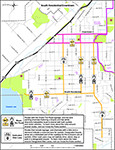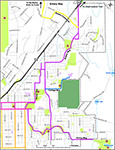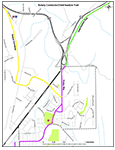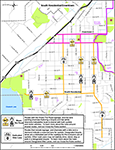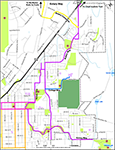Cycling and walking trails have been a high priority for our residents since the first Parks and Recreation Master Plan took place in 1995. This priority planted the seeds for an extensive citywide trail network, beginning with the nine kilometre paved Rotary Way Cycle / Walk Trail. Over the past decade, the Rotary Way has seen extensions to connect with the 26 kilometre NorthStar Rails to Trails. This linkage created a contiguous paved trail starting at Idlewild Park, and continuing all the way to downtown Kimberley. In 2017, the City began focusing on the needs identified in the 2016 Parks and Recreation Master Plan, to provide more cycling routes and interconnectivity throughout the City. Through a public planning process, a variety of routes were developed that would be implemented in a multi-phase approach.
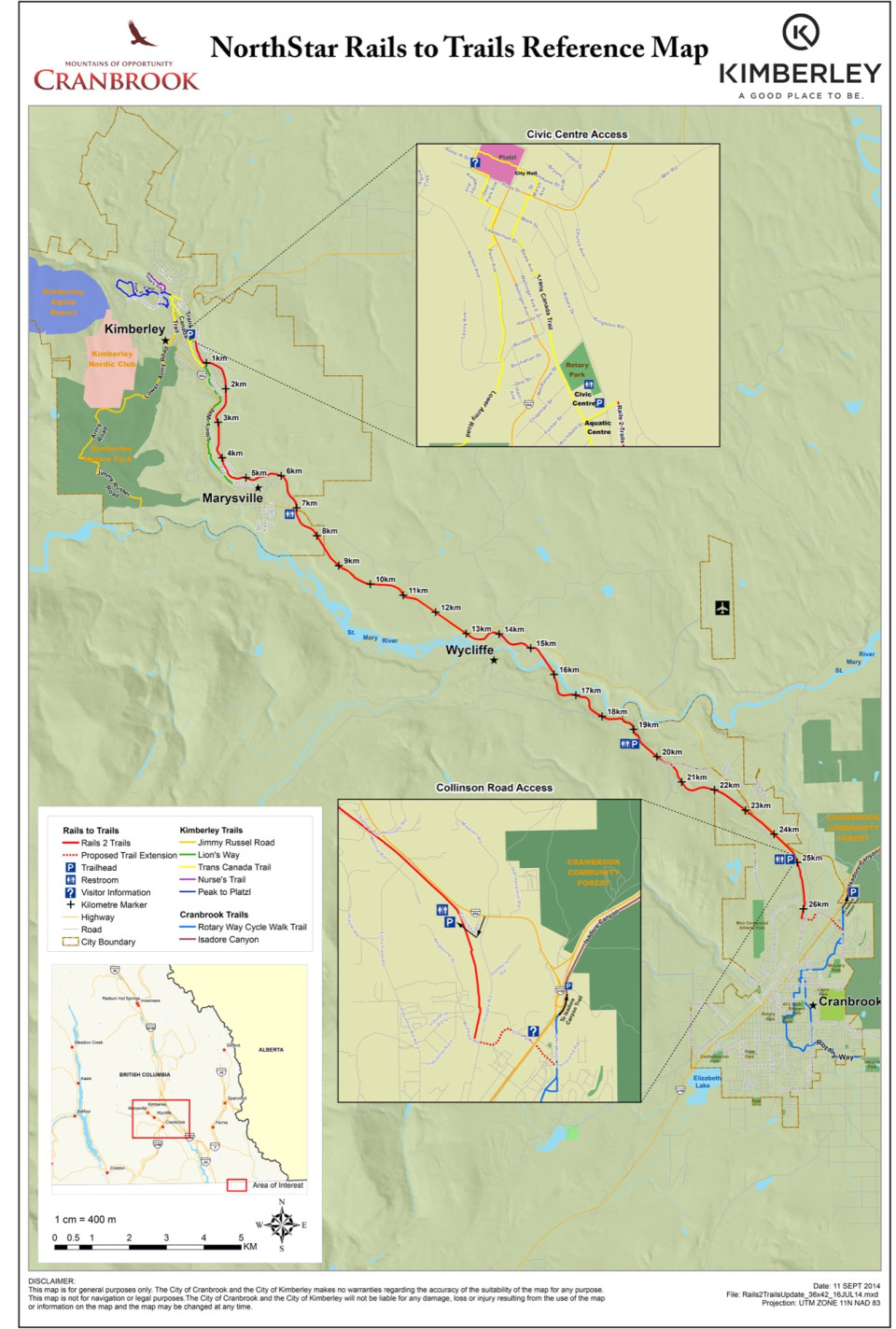

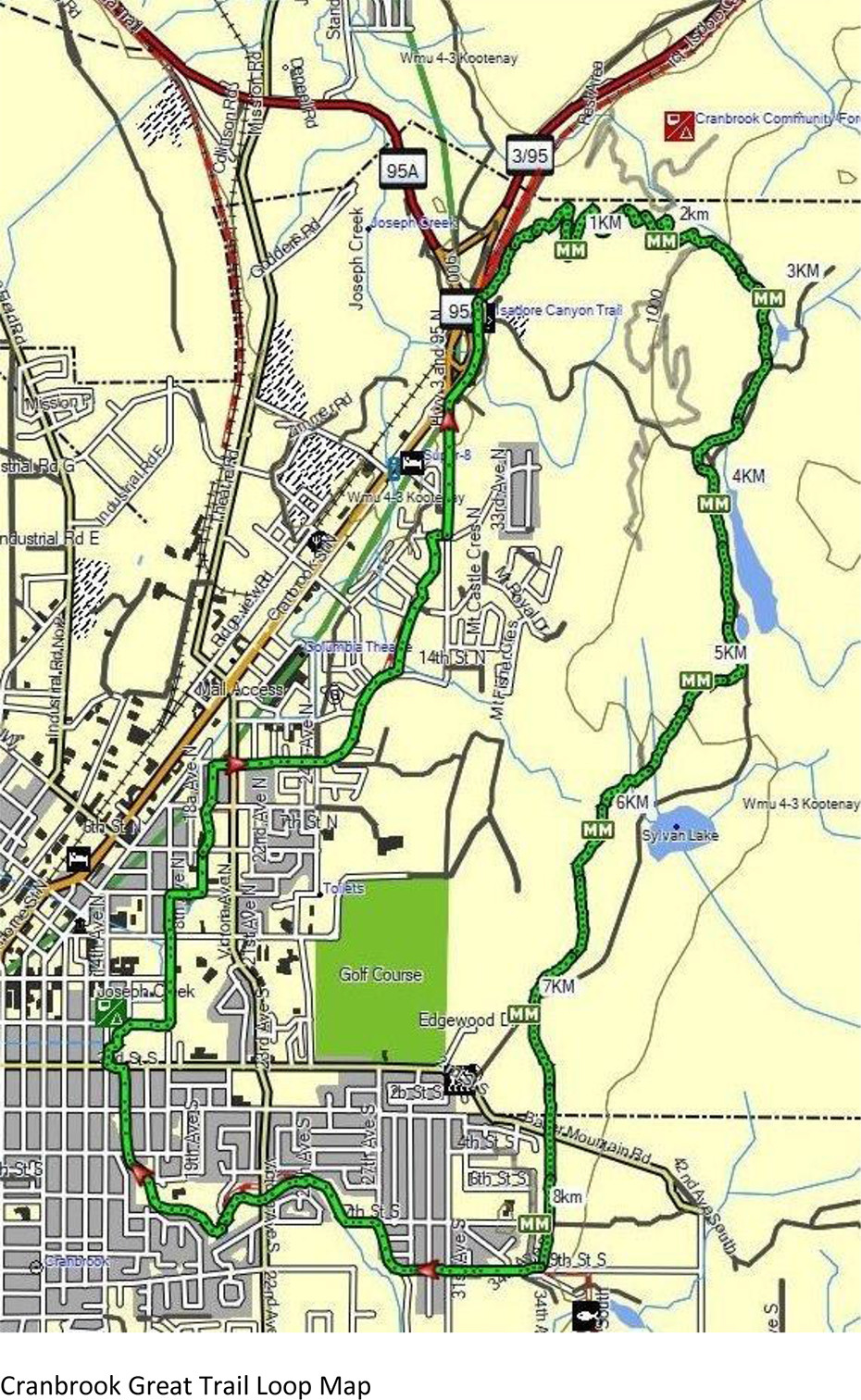
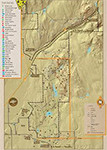
Know the Rules
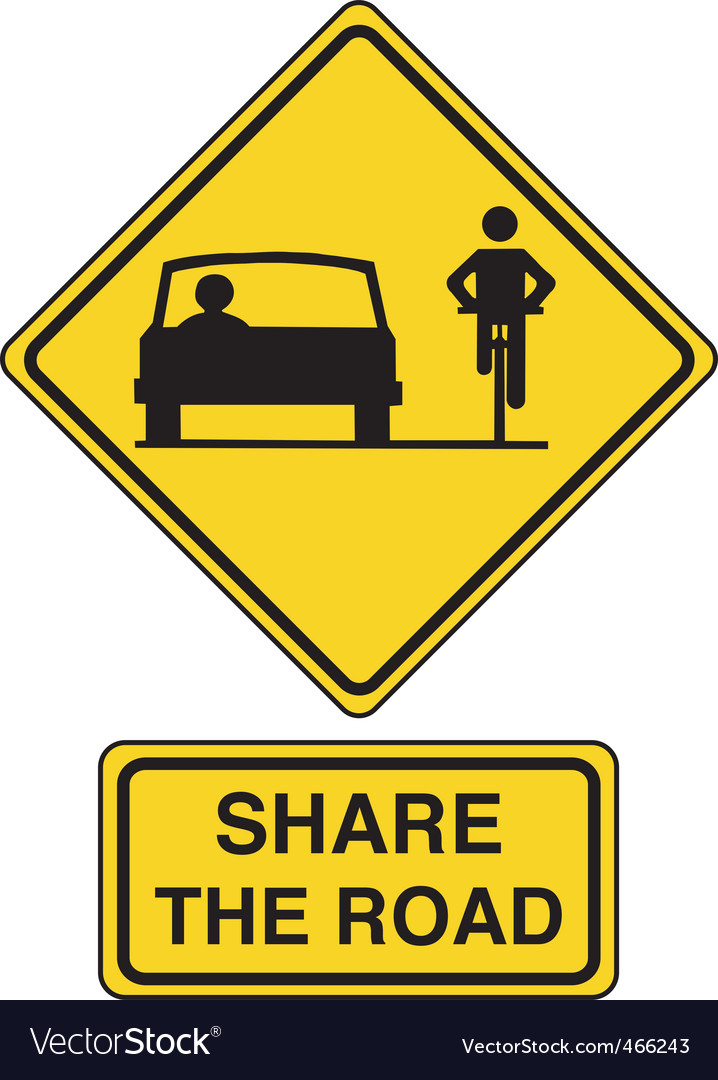
Routes with the Share The Road signage, and the lane painting sharrows featuring a bicycle and two white chevrons indicate the route is shared with both cyclists and motor vehicles. Share Lane Markings, or “Sharrows” are road markings used to indicate a shared environment for bicycles and motor vehicles.
The shared lane markings highlight cycling routes alerting all road users to the presence of bicycle traffic on the street, and may also be configured to offer directional and wayfinding guidance for cyclists. The shared lane marking is not a dedicated cycling facility, but a pavement marking which has a variety of uses to support a complete bikeway network. Although not a dedicated lane, cyclists may use the middle of the road, although it is encouraged to stay to the right side of the lane as much as possible.
- Drivers must wait behind the cyclist until it is safe to pass with minimum 1 meter clearance.
- For safety reasons, cyclists should ride one metre from the curb to avoid debris and sewer grates.
- In lanes that are too narrow for cyclists and motorists to travel side-by-side, cyclists should ride in the centre of the lane to discourage motorists from passing too closely.
- Where there is on-street parking, cyclists should ride one metre from parked cars to avoid the “door zone.”
Although it is the motorist’s and/or passenger’s responsibility to look first before opening their door, riding too close to parked cars can lead to serious injuries that can be avoided.
Routes with this designation can be found along 11th Street, 11th Avenue and 14th Avenue.
Routes that include signage and sharrows with a bike and a diamond indicate a reserved lane for cyclists. Designated bicycle lanes are a dedicated part of the roadway for the exclusive use of cyclists. Other road users may not lawfully drive, stand, stop or park in a designated bicyclel ane. Dedicated bike lanes may have one way directional signage as well as additional signage indicating where they start and stop. When approaching a slower cyclists in a bike lane it is important to use a bell or audible signal to notify the cyclists of your presence. Shoulder check to ensure the route is clear on your left to make a pass on the left leaving at least 1 meter clearance If passing at a particular section is not safe (cycle track section is too narrow or busy live traffic lane) wait behind the cyclists until it is clear to overtake. Although it is the motorist’s and/or passenger’s responsibility to look first before opening their door, riding too close to parked cars can lead to serious injuries that can be avoided. Routes with this designation can be found along 7th Avenue (between 11th Street S and 2nd Street South), and along College Way.
British Columbia’s Motor Vehicle Act says that cyclists have the same rights and duties as the driver of a motor vehicle. That means they must obey the same traffic rules and must be treated as if they were another car or truck on the streets and highways. It also means that cyclists may receive a traffic ticket for traffic rule violations as well. According to the Motor Vehicle Act, there are a number of rules that apply to cyclists. They include the following, a person operating a cycle:
- must not ride on a sidewalk unless authorized by a City of Cranbrook bylaw or unless otherwise directed by a sign,
- must not, for the purpose of crossing a highway, ride on a crosswalk unless authorized by a City of Cranbrook bylaw made under section 124 or unless otherwise directed by a sign,
- must, subject to paragraph (a), ride as near as practicable to the right side of the highway,
- must not ride abreast of another person operating a cycle on the roadway,
- must keep at least one hand on the handlebars,
- must not ride other than on or astride a regular seat of the cycle,
- must not use the cycle to carry more persons at one time than the number for which it is designed and equipped, and
- must not ride a cycle on a highway where signs prohibit their use.
- all cyclists are required by law to wear an approved helmet.
- cyclists are not permitted to overtake and pass on the right of another vehicle except when the vehicle being overtaken is turning left by signalling, or the cyclist is in a dedicated bike lane. Do not pass on the right if the traffic is moving, when there is a street, driveway or parking spot a car can turn into, or there is less that 1.5 m between the traffic and the curb.
For more information, visit the BC Motor Vehicle Act at http://www.bclaws.ca/civix/document/id/complete/statreg/96318_00
Ride Safe

ICBC Cycling safety
A guide to ICBC's tips on how drivers and cyclists can responsibly share the road.

Bike Sense: The BC Bicycle Operator's Manual
A guide to the rules of the road, bike handling, traffic skills and the enjoyment of cycling for life.
Cycling Brochures and Maps

Northstar Rails to Trails

Chief Isadore Trail

Cranbrook Great Loop Trail

Cranbrook Community Forest
 Cranbook
Cranbook


